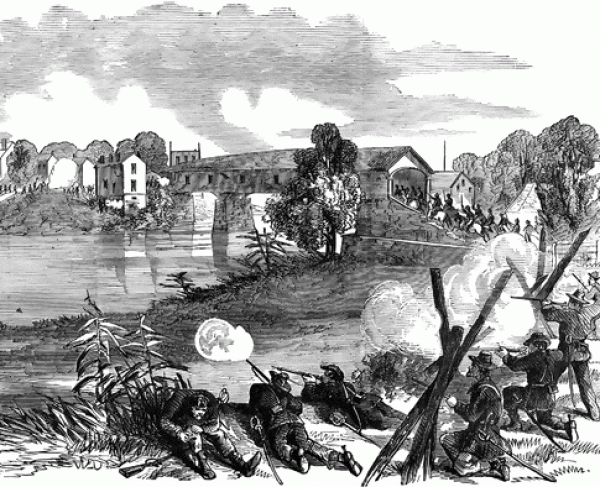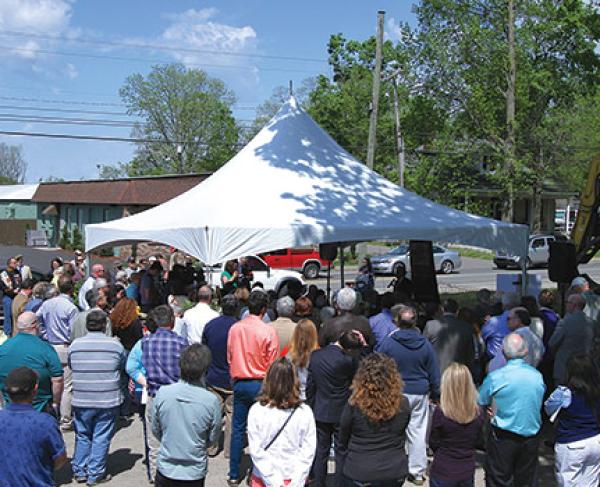Beyond the Battle: Arthur MacArthur, Jr.
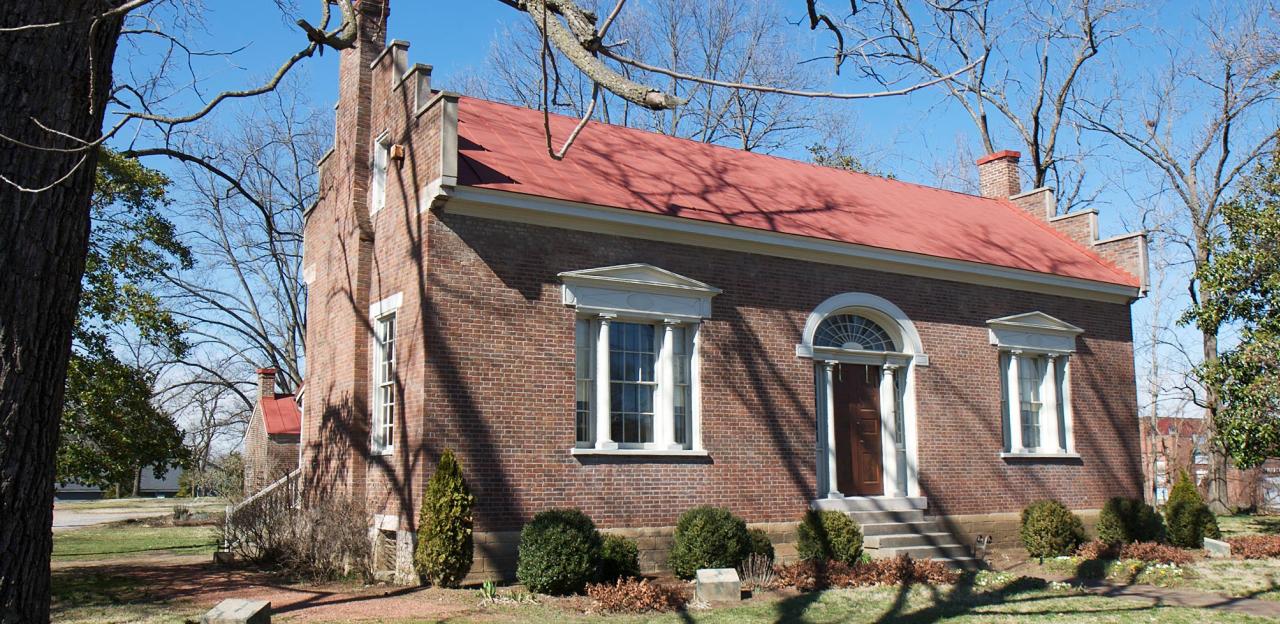
At five in the evening on November 30, 1864, the men of the 24th Wisconsin Infantry regiment were hungry and tired. After nearly twenty-four hours of uninterrupted march and battle they had reached their post in reserve on a cold grass lawn just north of the Carter House. Two hundred yards behind the center of the main defensive line, the regiment stripped railings from a nearby fence and set about preparing their first cooked meal in days. Two and a half years of campaigning across Tennessee had turned farmers and shopkeeps into seasoned infantrymen and they knew how to take advantage of even the briefest respite. The crisp air was just beginning to fill with the smell of coffee and crackling pork when the banging of musketry was heard to the south. A moment later terrified men came crashing through fires and over cook-pots, retreating north toward Franklin at full speed.
Almost exactly a year before, at four in the afternoon of November 25th, 1863, the 24th Wisconsin was in another tight spot. They were halfway up Missionary Ridge, Confederate General Braxton Bragg’s “Fortress Above the Clouds,” and moving forward under heavy Confederate fire. The assault was in tatters all down the line, moments away from breaking back to Chattanooga and inevitable siege. Then the 24th’s standard bearer was killed and the battle flag that the neighbors of the 24th had carried all the way from Milwaukee tumbled to the ground. First Lieutenant Arthur MacArthur, Jr. scrambled forward to pick it up, sweeping it high to steady the wavering regiment. With a cry of “On, Wisconsin!” he ran at full speed towards the Confederate works. Alone between the two erupting lines, he was wounded twice on his way to planting the regiment’s flag in almost the exact midpoint of the Confederate fortifications. The men of the 24th surged after him and 15,000 more Union troops took heart and followed, rising up and smashing the Confederate center. This earned MacArthur a promotion and an eventual Medal of Honor. It was Major MacArthur, now only nineteen years old, who led the 24th at the Battle of Franklin.
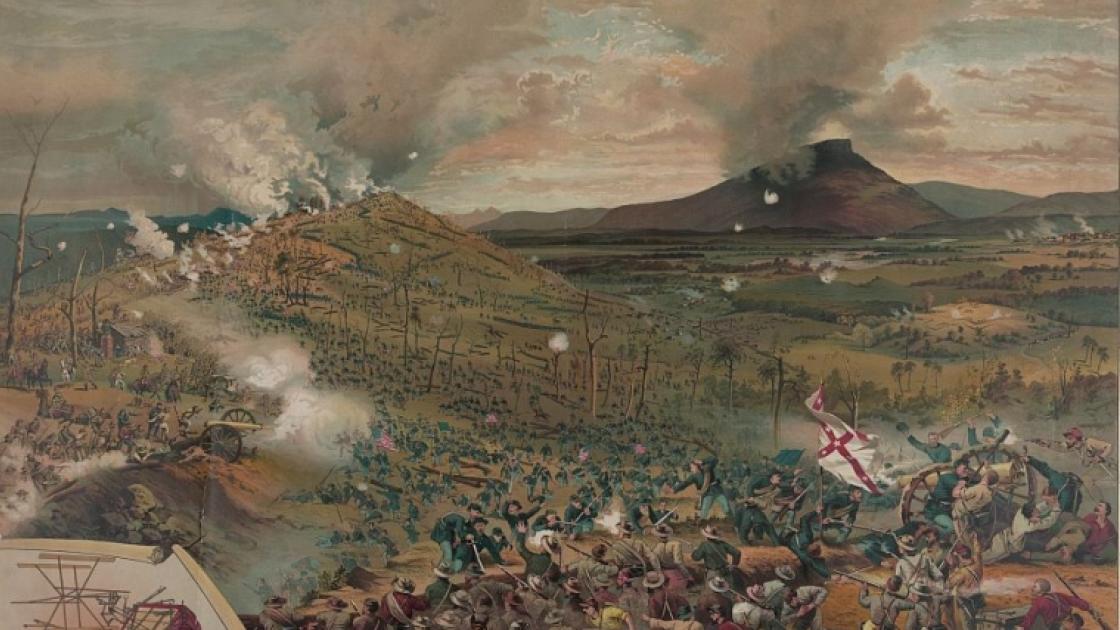
He leapt into his saddle and shouted “Up, Wisconsin!” but his men knew the gravity of the situation. They were already up and forming. “Ready,” in the words of one veteran, “to whip the whole Rebel army just at that moment” for the denial of their dinner, they charged with MacArthur into the disaster at the Union center.
Dozens, hundreds, and then thousands of men crashed together in the Carter back garden. Reinforcements had no choice but to press bodily into the melee from both sides. Two battle-hardened armies were now at club distance and the 24th Wisconsin was in the center of the storm. MacArthur’s mount was shot down within minutes. He was struck in the shoulder with a Minnie ball as he tried to regain his feet. Drawing his sword, he began to fight his way toward a Confederate battle flag visible swaying above the mass of men. A Confederate officer blocked his path, firing a pistol point-blank into MacArthur’s chest. MacArthur thrust his sword into the officer’s own chest, but as he fell he fired once more. MacArthur collapsed beside his foe, another pistol shot in his leg. He was nearly trampled before the Wisconsin men located him and carried him to relative safety.
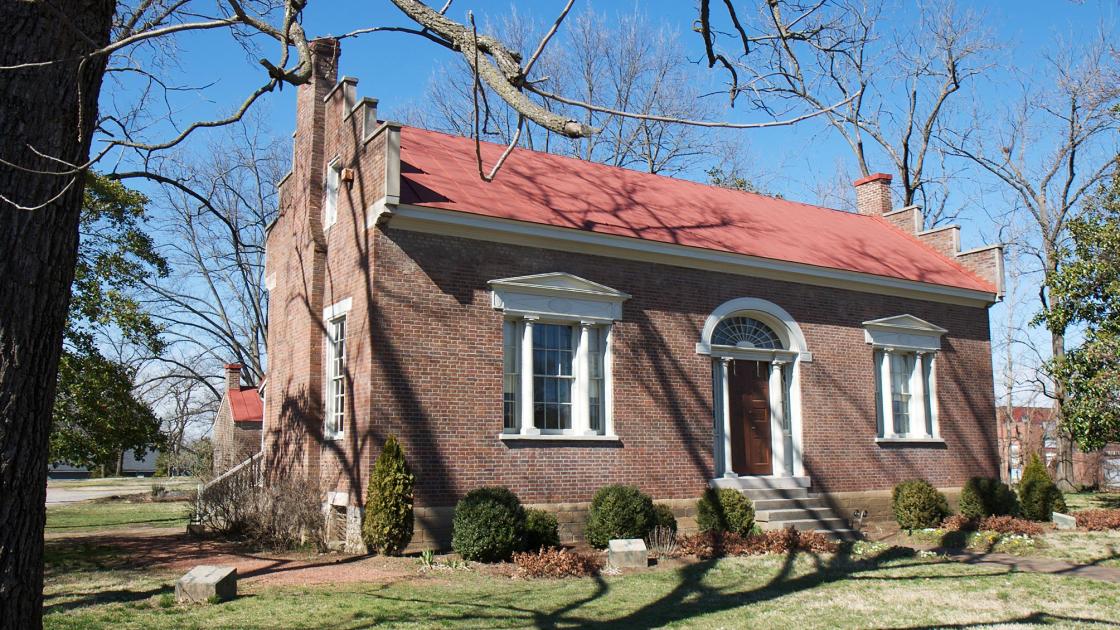
Incredibly, MacArthur survived his wounds. He survived the war, married Mary Pinkney Hardy, and briefly took up the study of law. Within months he was back in the military. He campaigned against Geronimo on the frontier in 1885 and orchestrated the capture of Filipino strongman Emilio Aguinaldo in 1901, effectively ending the Philippine-American War. He retired in 1909 as a lieutenant general. In 1912 he came to speak at a reunion of the 24th Wisconsin. He was very ill. At the podium he began, “Your indomitable regiment...” before collapsing. Moments later he was dead. The old men of the 24th wrapped his body in the flag hanging on the wall, the flag he had carried to the top of Missionary Ridge as a teenager.
In 1880 Mary Hardy gave birth to a son named Douglas. He followed in his father’s footsteps, leading American forces in the Pacific in World War II and turning the tide of the Korean War. The “American Caesar” is one of America’s lasting icons and one of history’s most notable generals.
Hundreds of men died in the Carter garden. Approximately two thousand Union and Confederate soldiers lost their lives on the Franklin battlefield. These lives were lost along with all of those that might have come after. Standing in the Carter garden today, we should think of the violence of the past, the fractures between people that could have led to such a catastrophic loss and ending. That is part of what the ground has to offer us in return.
Please donate today to help secure the final tract of battlefield land at Franklin, Tennessee. Any amount you can donate to this effort will be...
Related Battles
5,824
8,000
2,326
6,252

